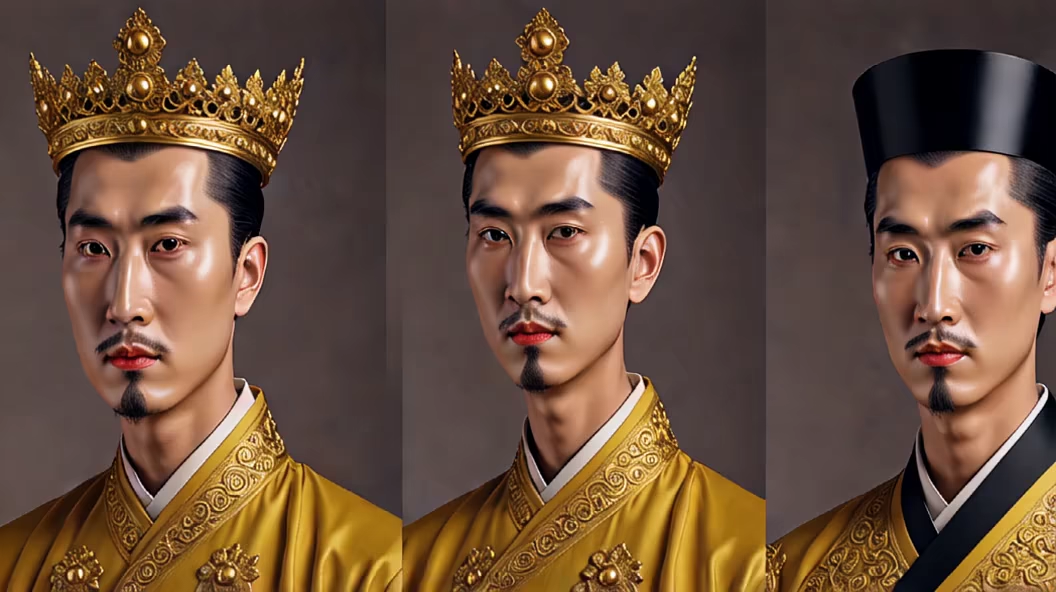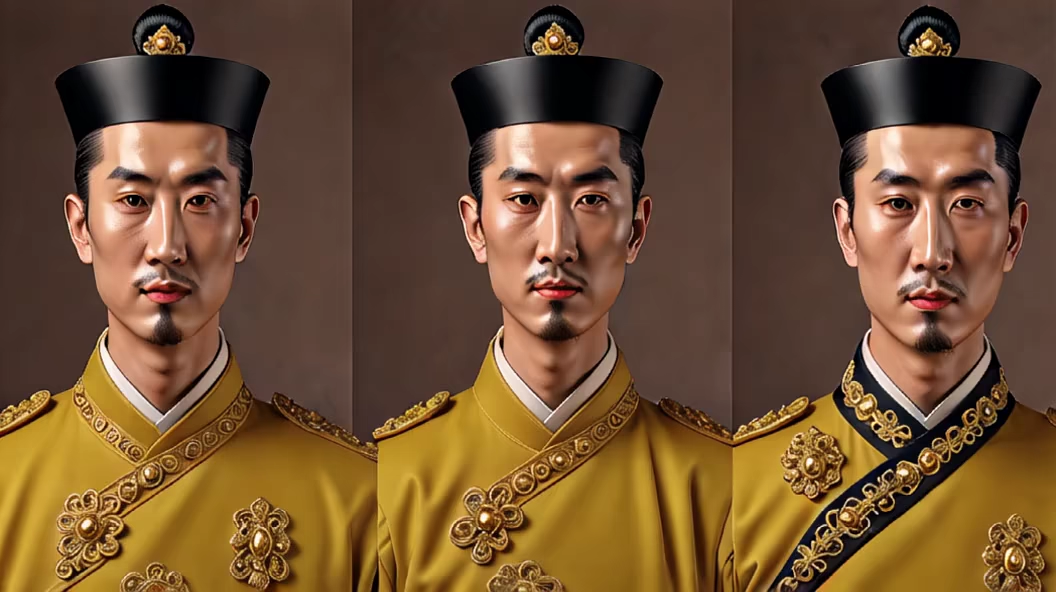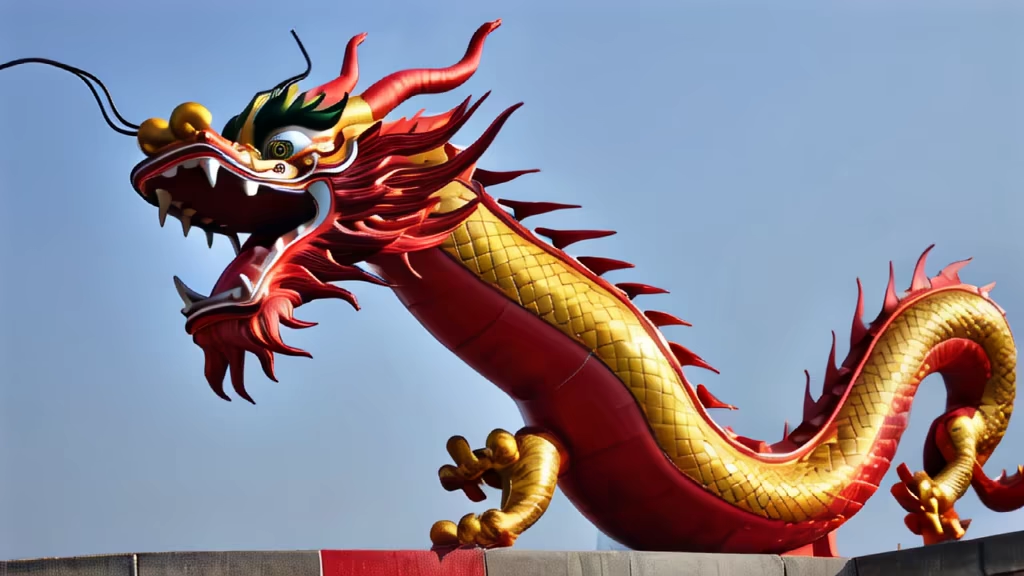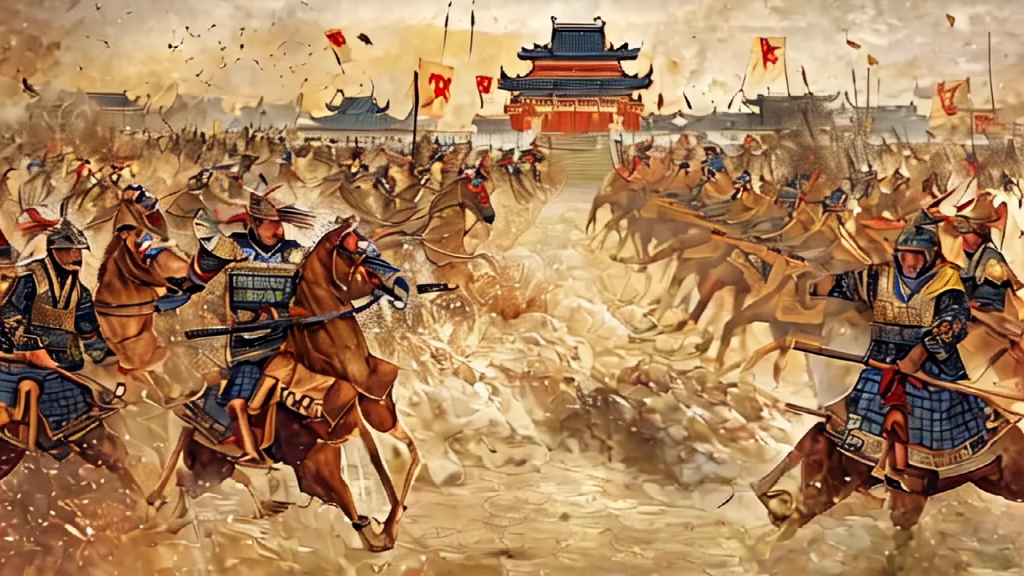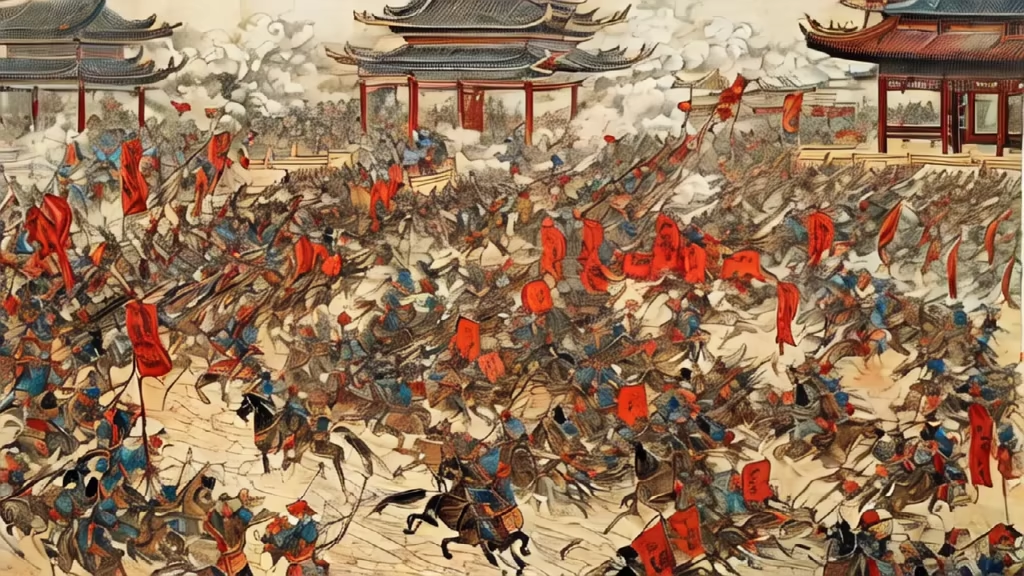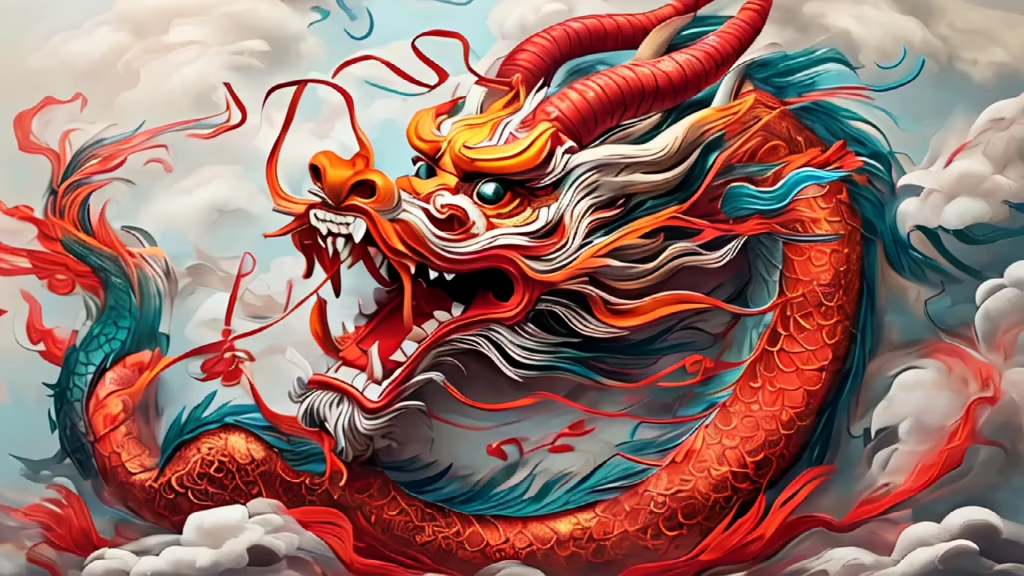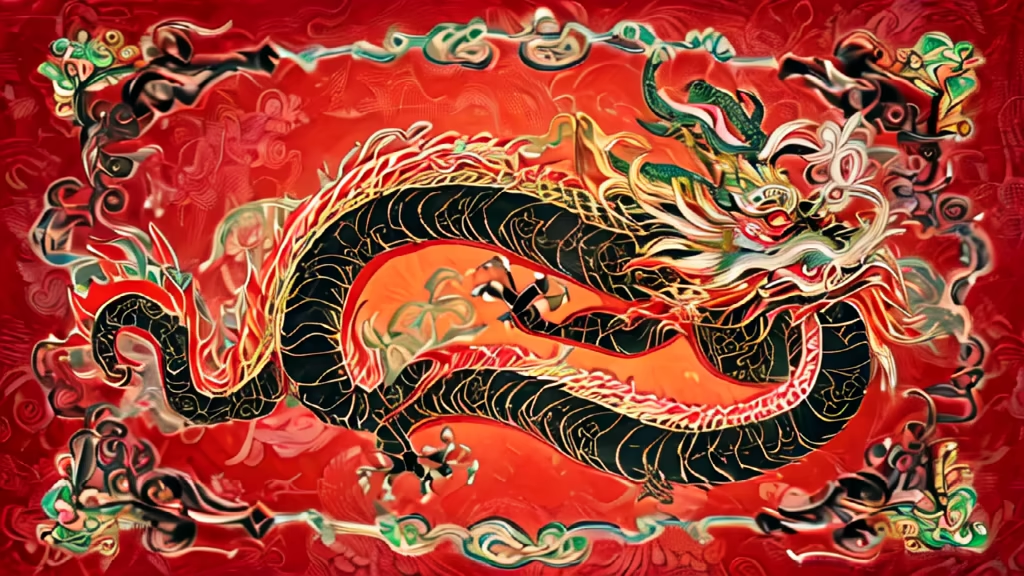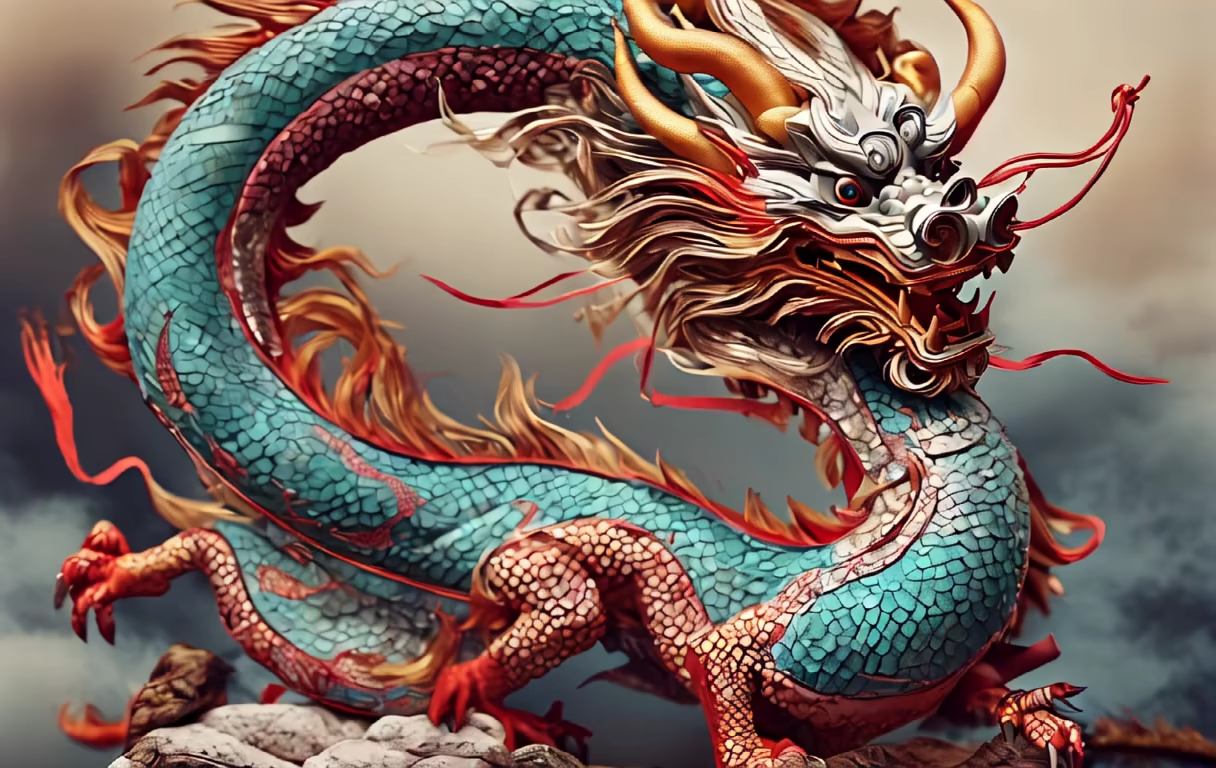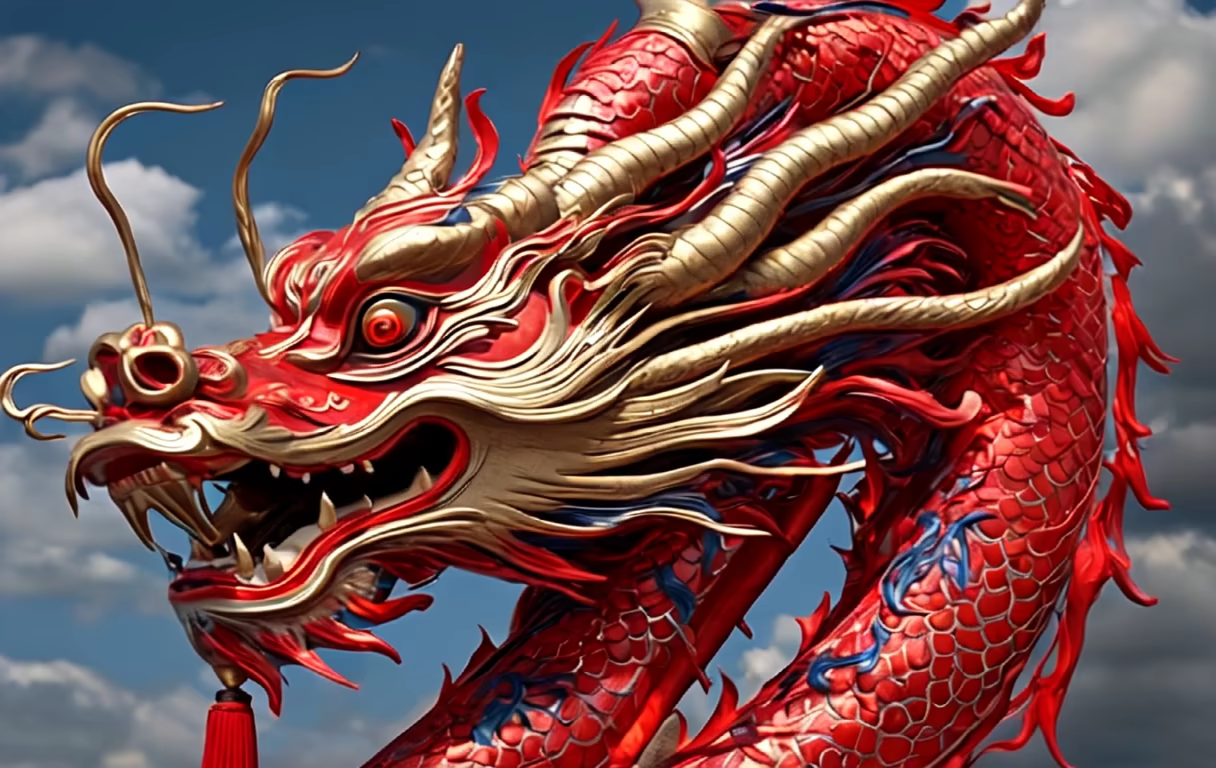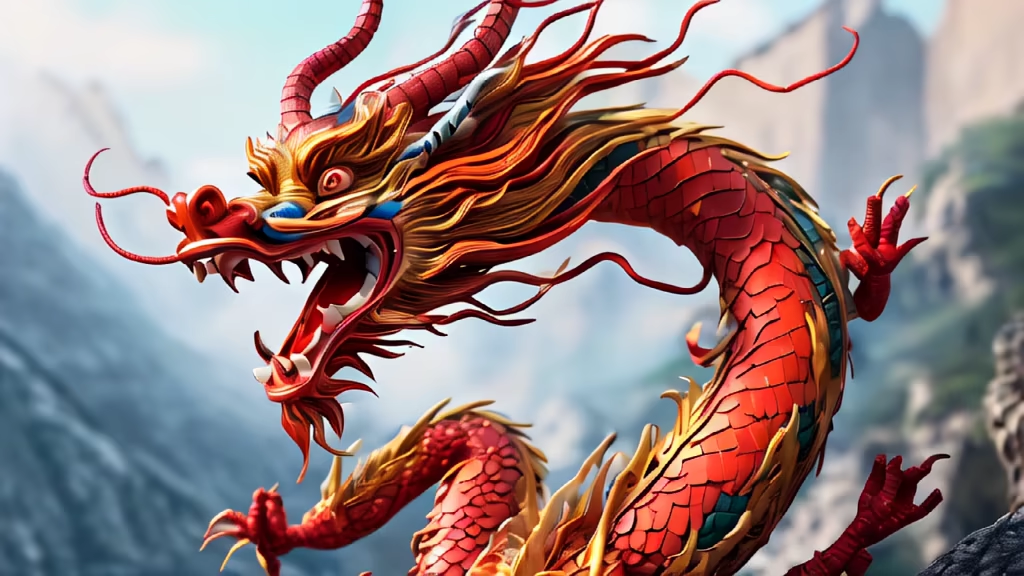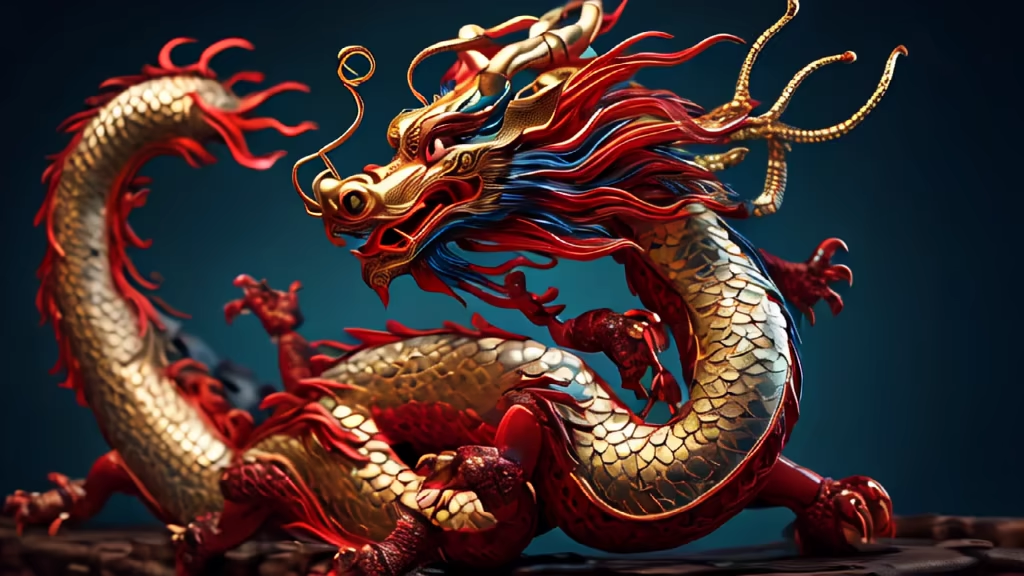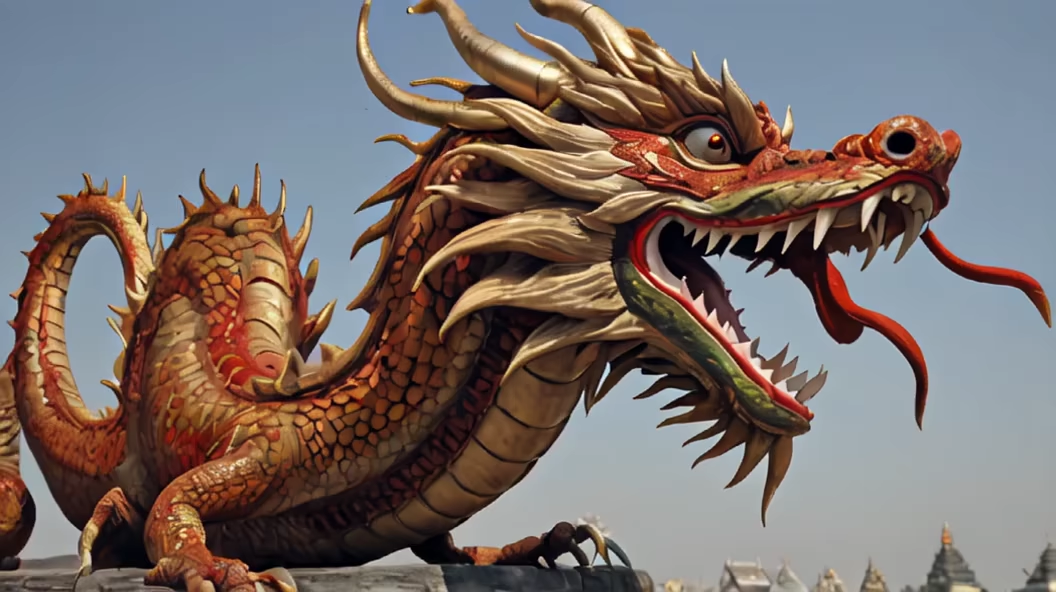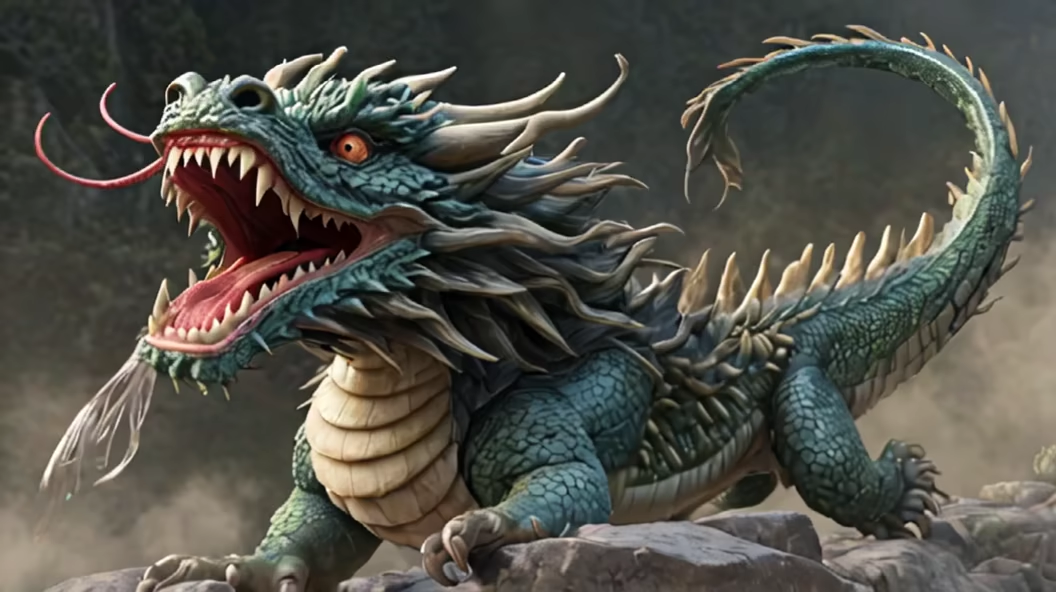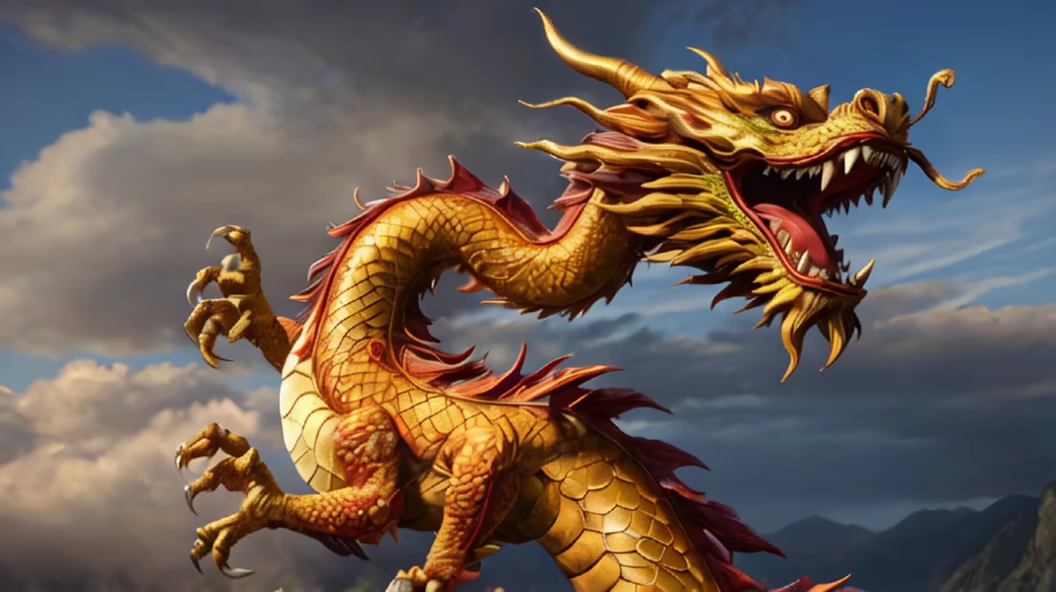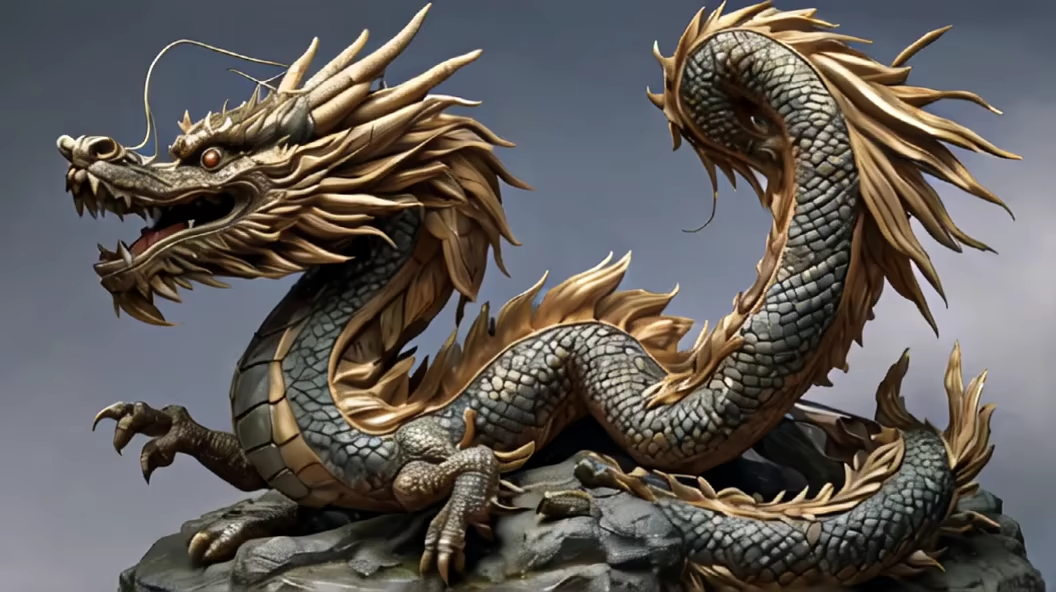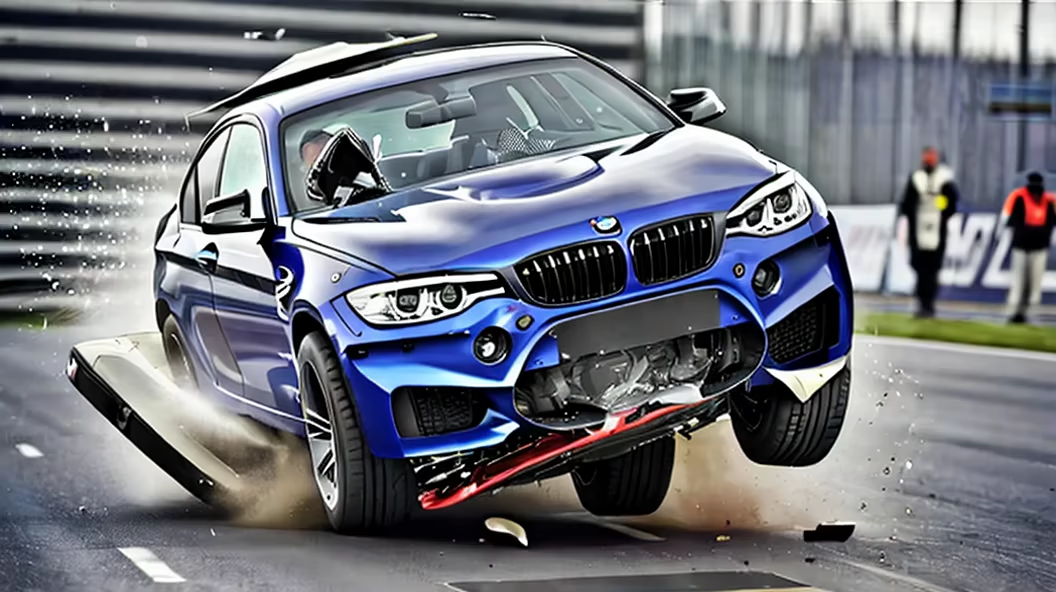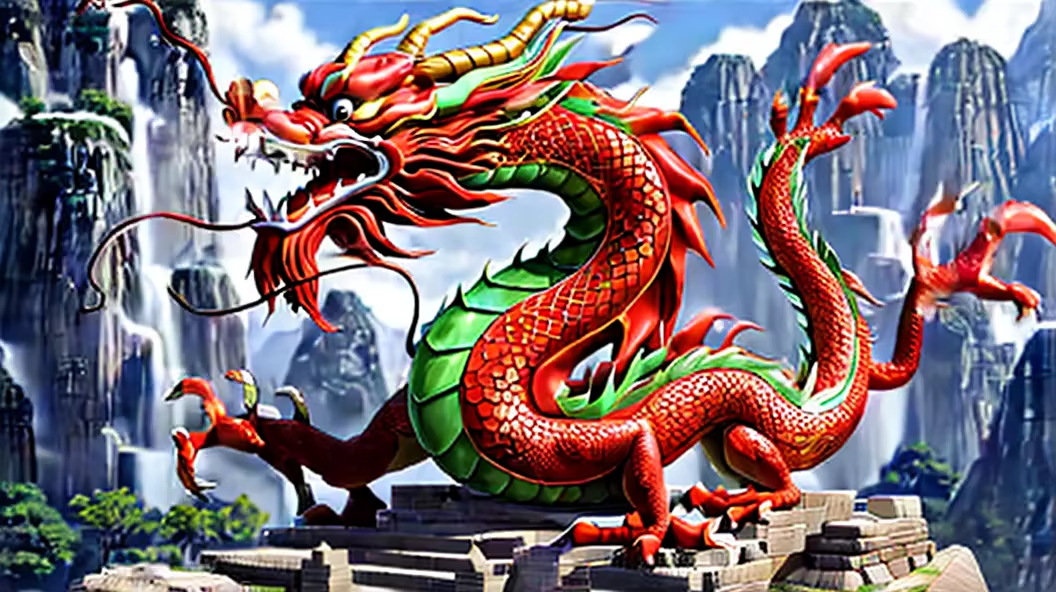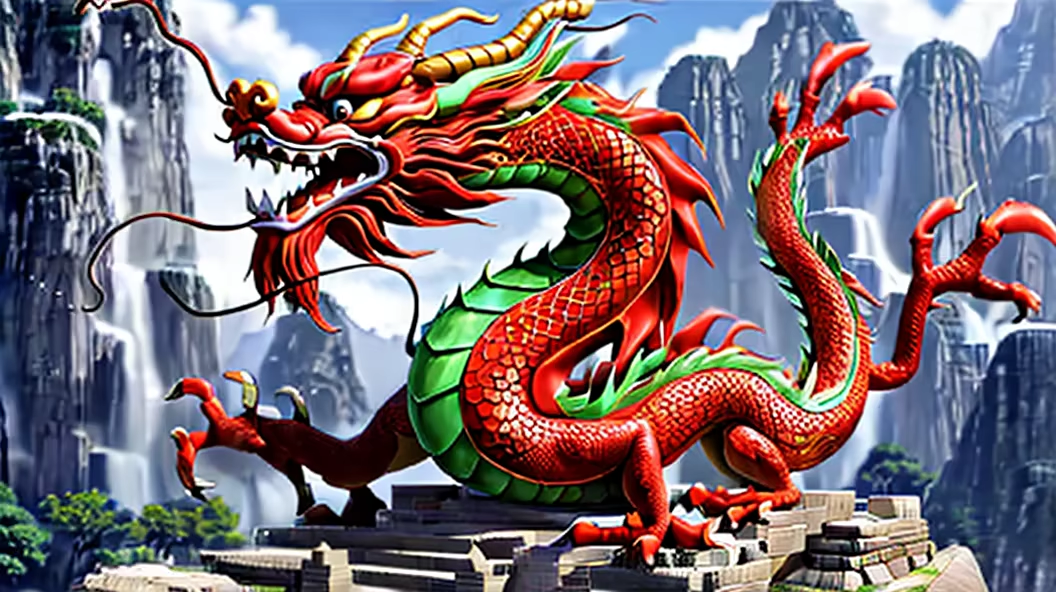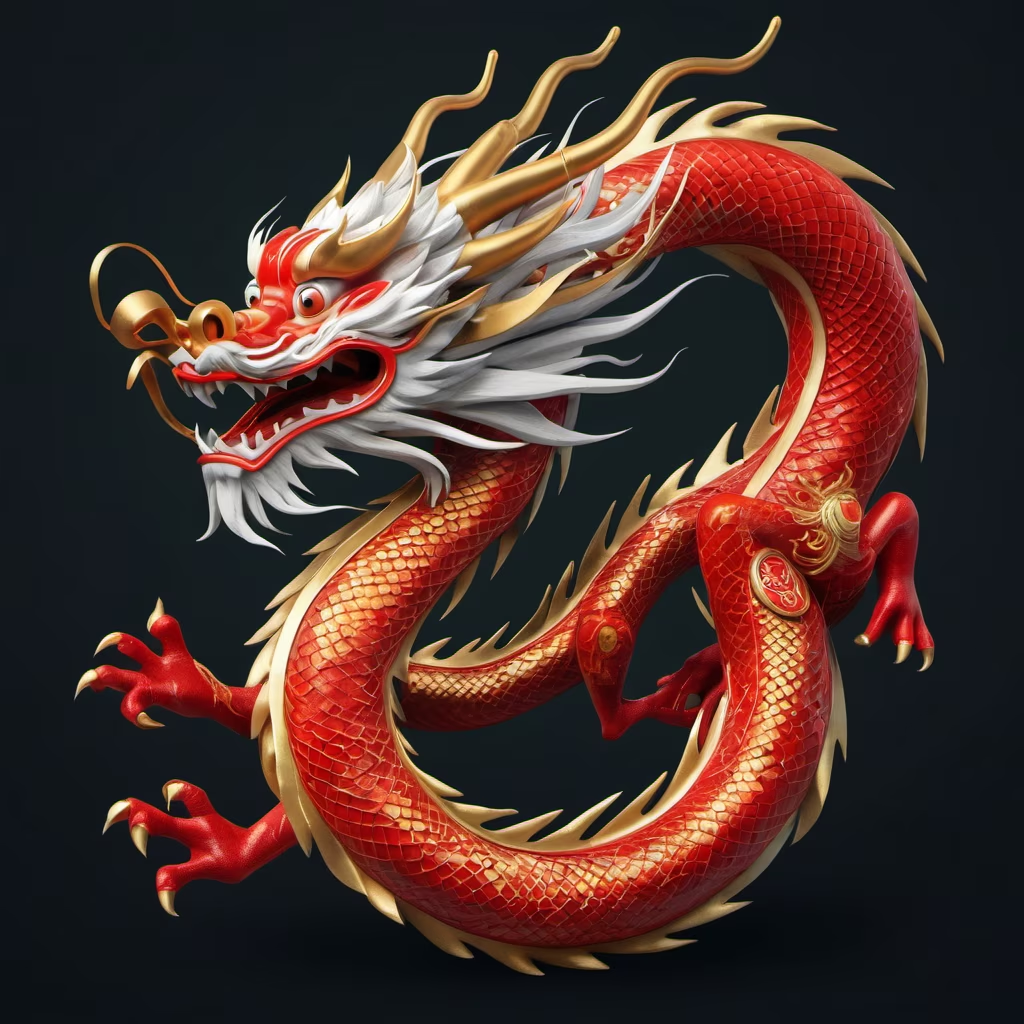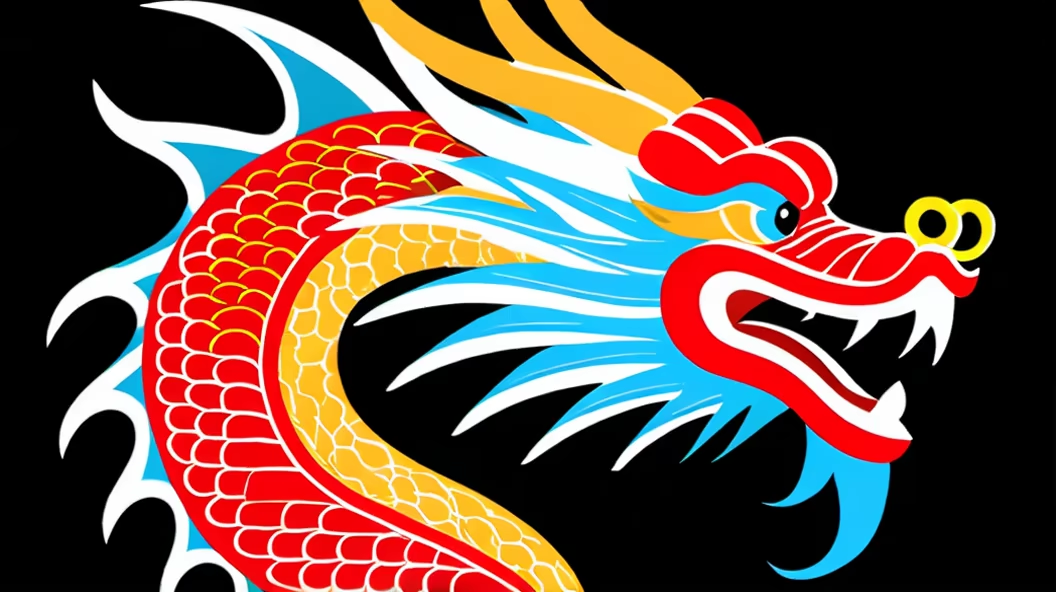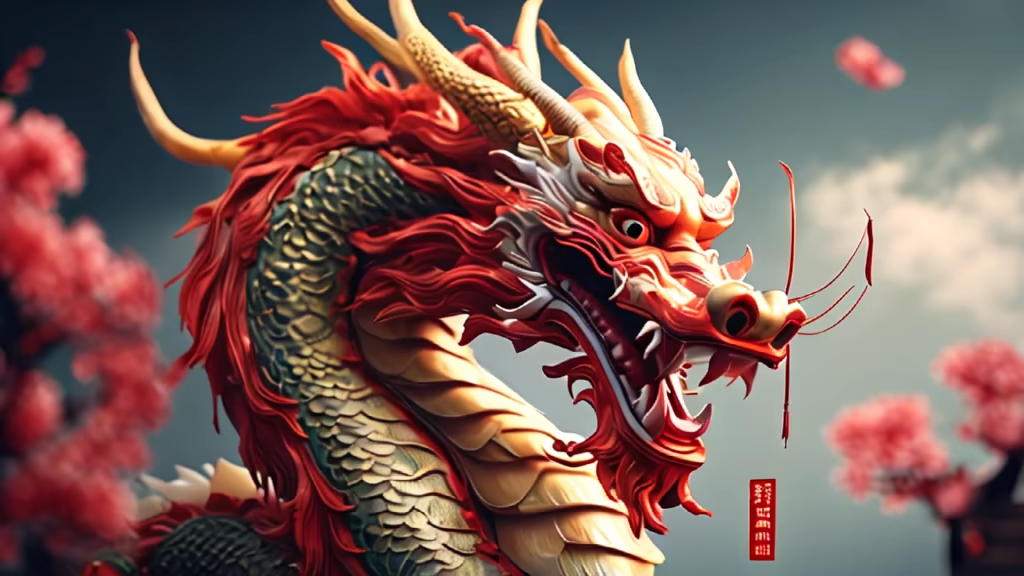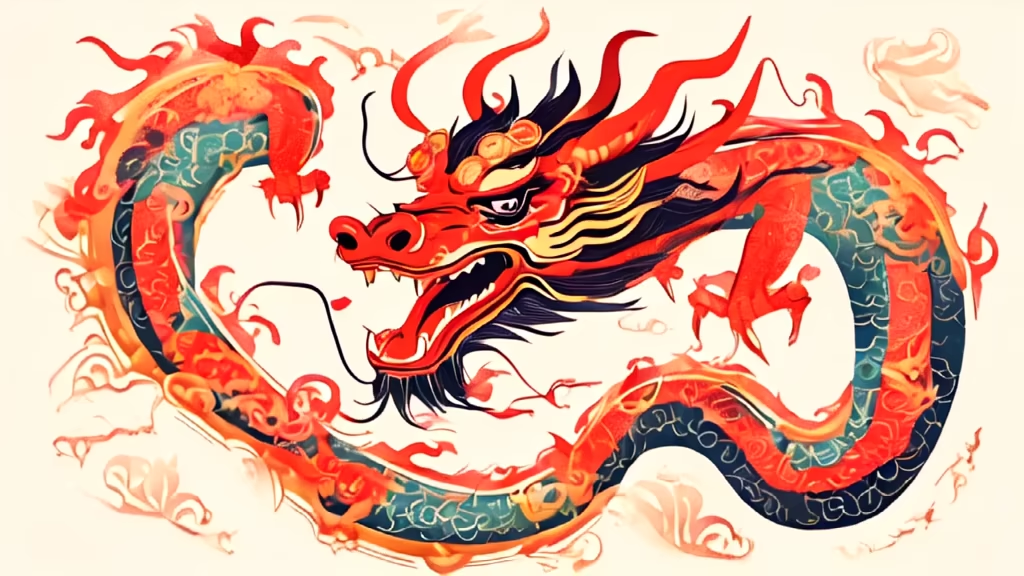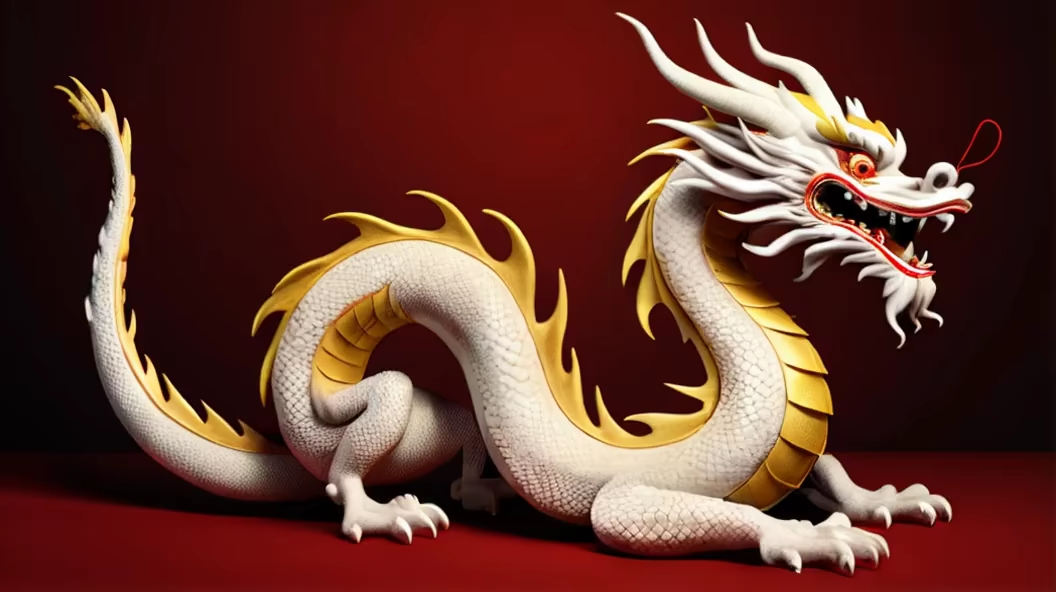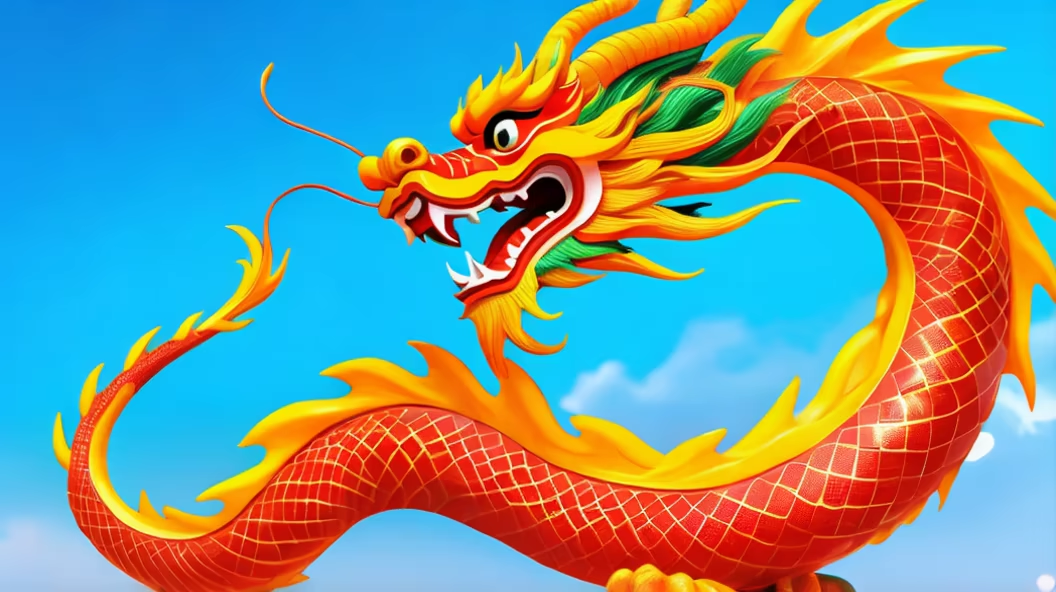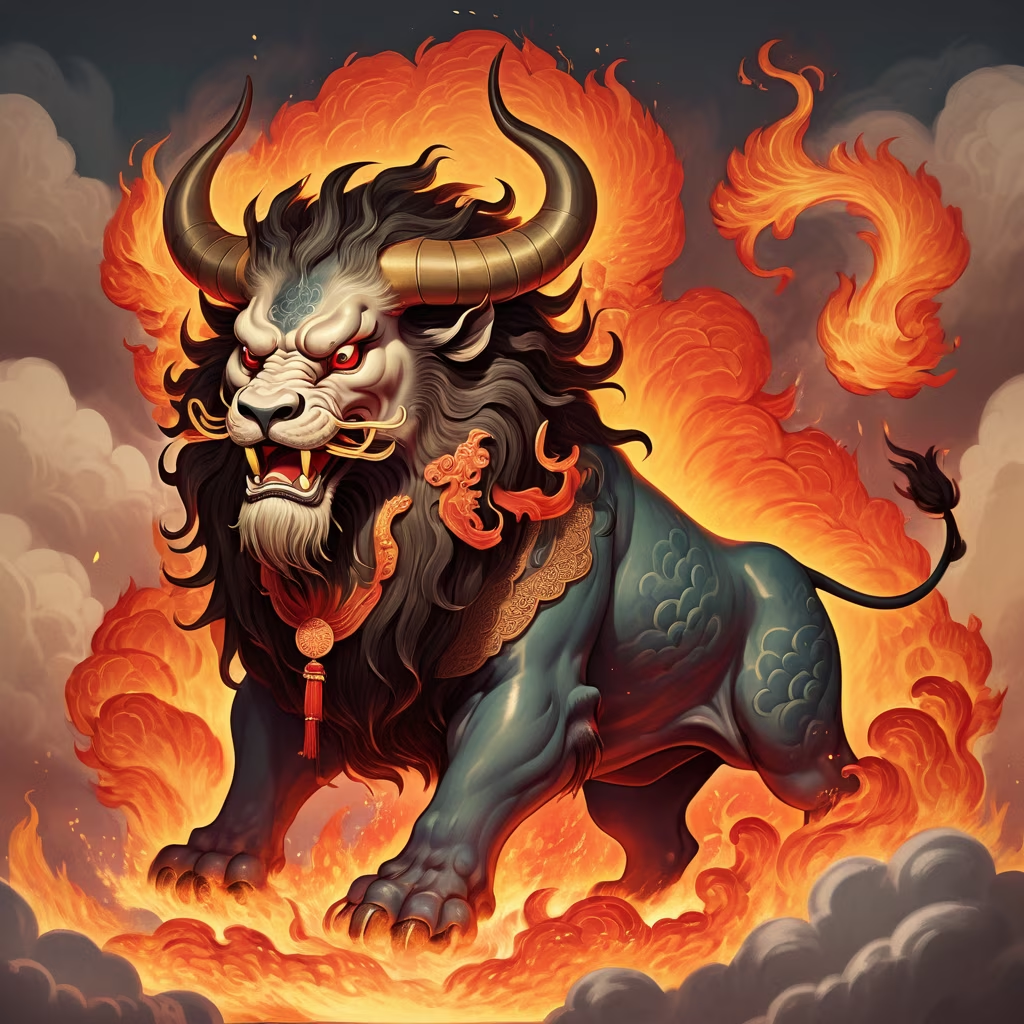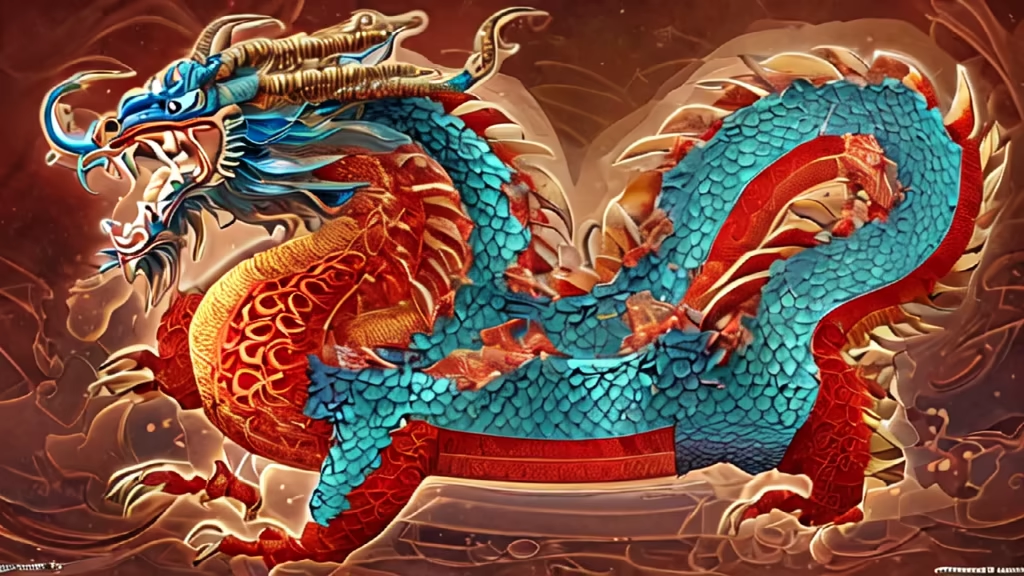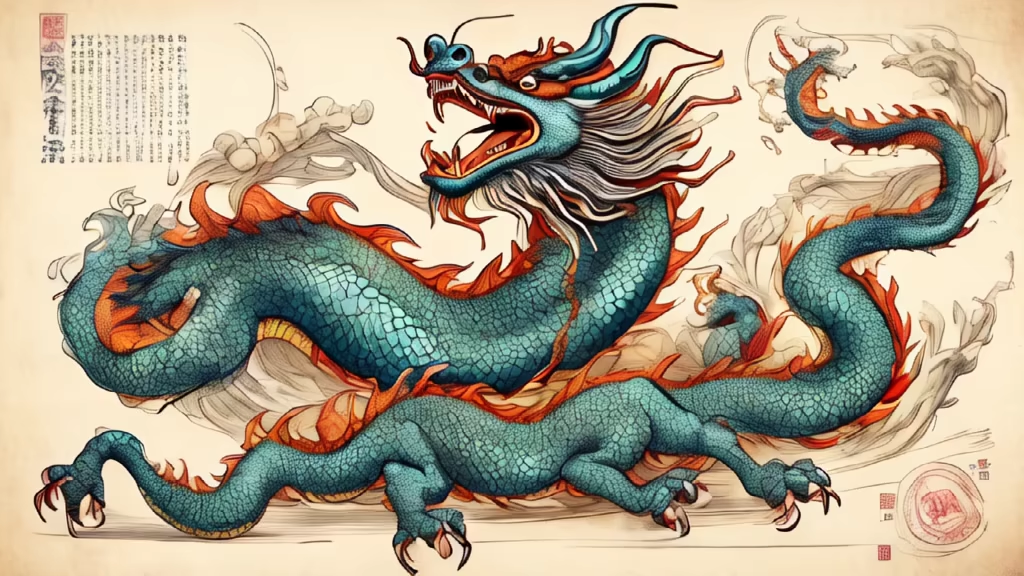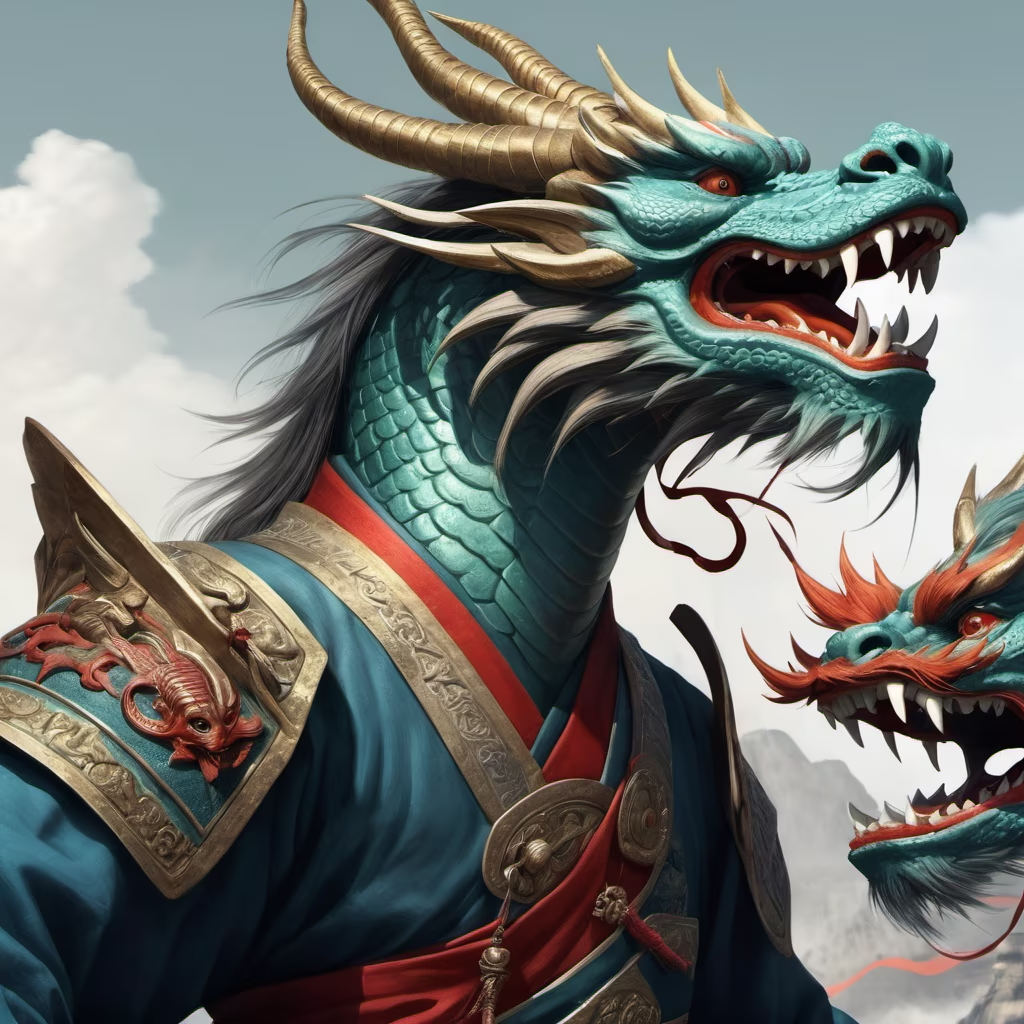



Prompt: At night, an Asian male teenager sits in the front passenger seat of a sedan, covering his face with both hands

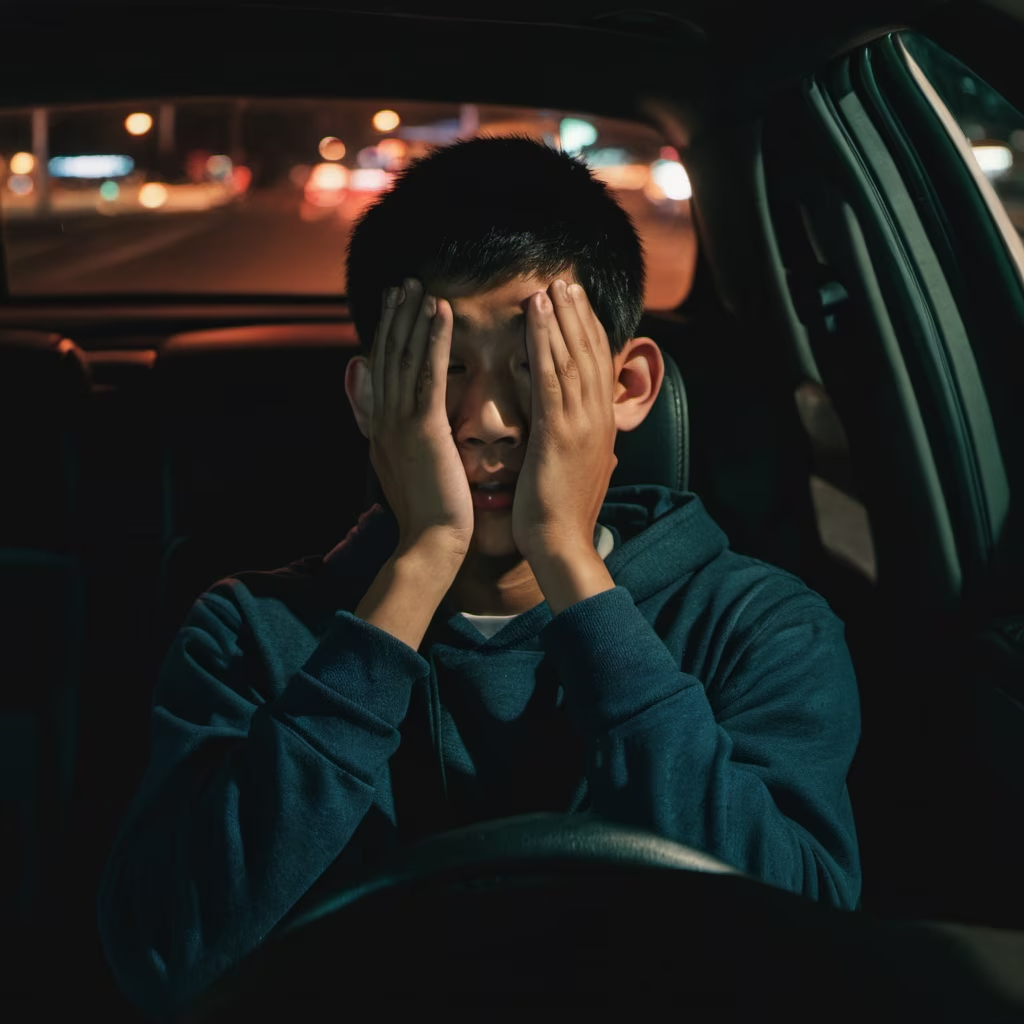
Prompt: Porcelain crusader helmet, on soil, swamp, tall grass, Rembrandt lighting, Craig Mullins, Greg Rutkowski, intricate gold filigree, polished jet finish, museum quality replica, 4K resolution, digital painting.
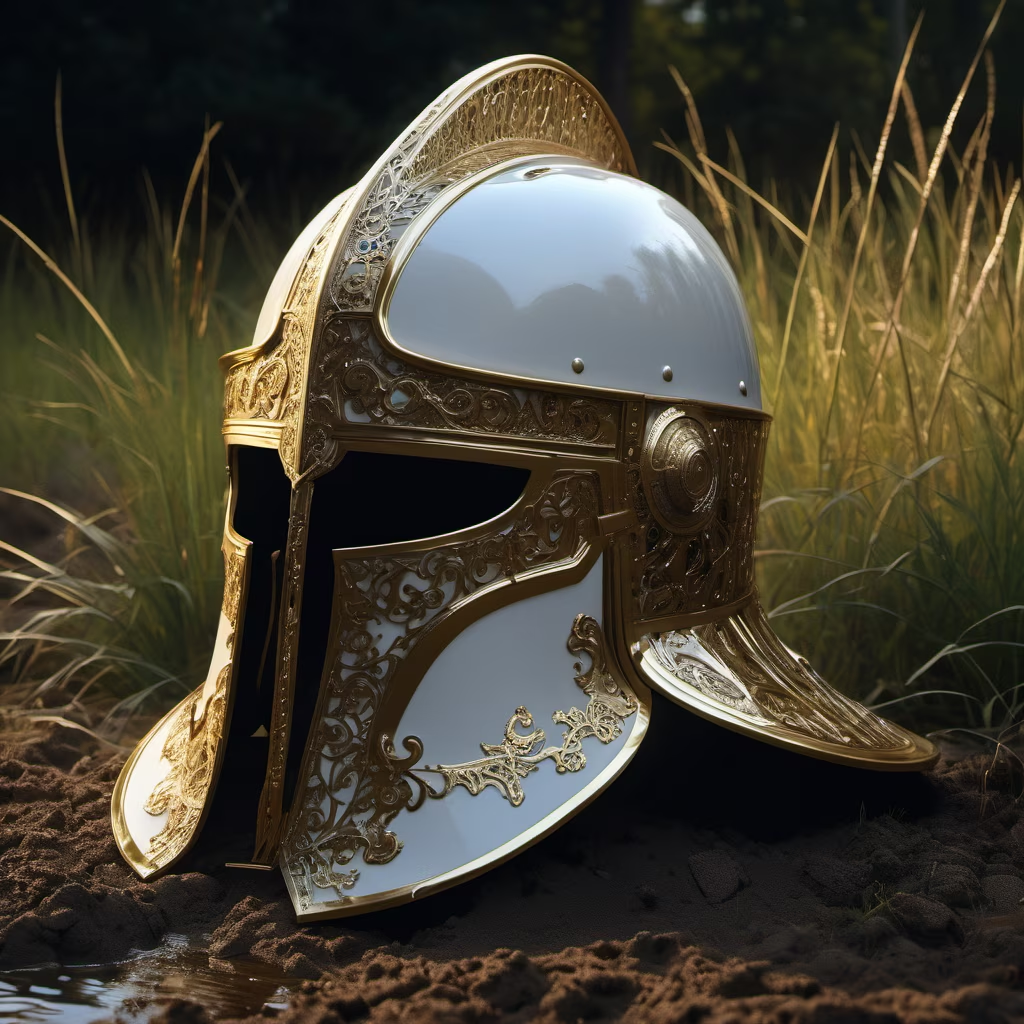

Prompt: The dragon in Chinese mythology is in the deep sea, with thunder and lightning in the sky, giving people a sense of fear, depression, and terror.










Prompt: (masterpiece:1.2),best quality,PIXIV,Chinese dragon, \\u003clora:Chinese dragon-000014:1\\u003e,




Prompt: The dragon in Chinese mythology is on the surface of the deep sea, with thunder and lightning in the sky, giving people a sense of fear, depression, and terror.




Prompt: In ancient times, (ancient dragon), the composition is rich, the colors are rich, and it makes people feel fearful.
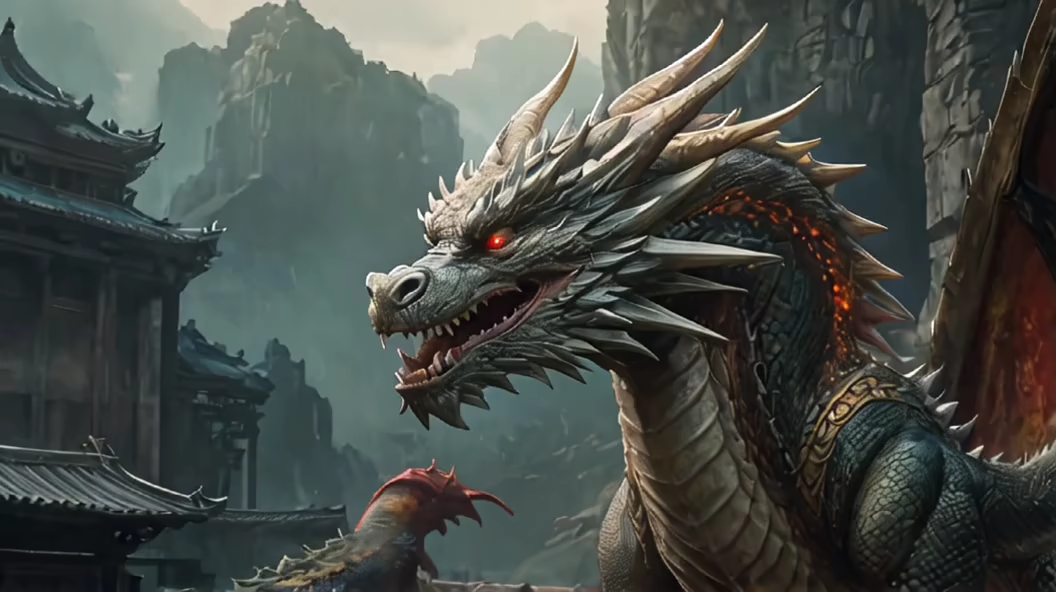
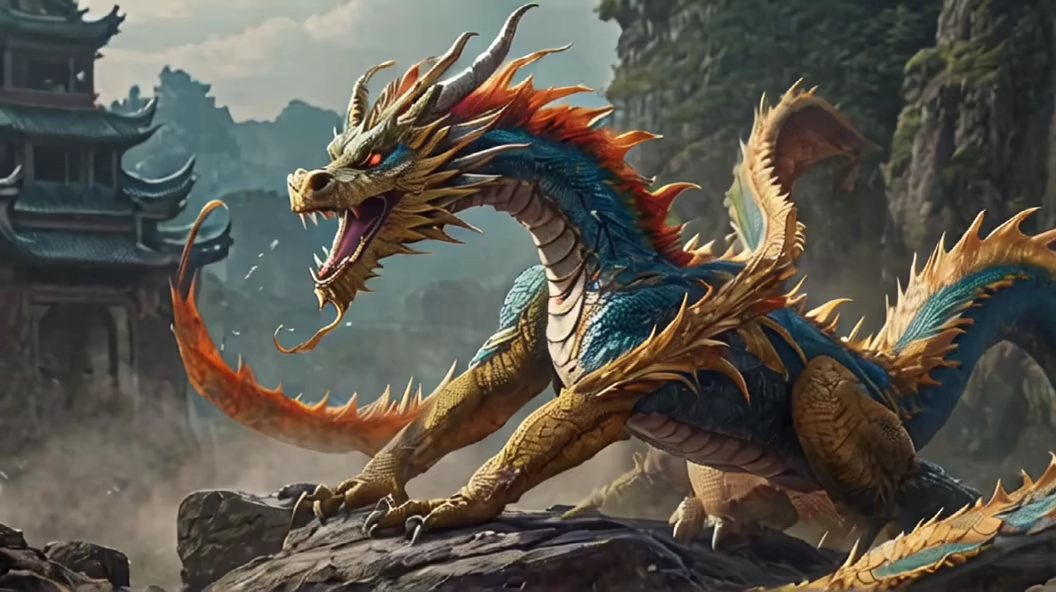
Prompt: The image of the Chinese dragon is usually in the shape of a long snake with a rectangular head and a pair of antlers on both sides, symbolizing authority and dignity. The eyes are bright and the pupils are like beads, revealing majesty and wisdom. The mouth opens, revealing sharp teeth, showing great strength. The neck is slender and bends freely, allowing the dragon to flexibly turn its head to observe its surroundings.The body of the Chinese dragon is strong and powerful, and its scales are neatly arranged, protecting its body like armor. There is a row of huge wings on the back, which cover the sky like clouds when spread out, symbolizing the sacredness and majesty of the dragon. The limbs are strong and powerful. The forelimbs are hoof-shaped and the hind limbs are claw-shaped. They are adapted to life on land and in water. The tail is long and thick, with the end curled into a hook shape, symbolizing the dragon's power and dominance.The colors of Chinese dragons are rich and colorful, usually golden yellow, representing royal nobility and authority. At the same time, the dragon's body is also covered with various auspicious patterns, such as cloud patterns, flames, scales, etc., which imply good luck and prosperity. In traditional Chinese culture, the dragon is considered the god of rain, able to call for wind and rain, bringing harvest and happiness.
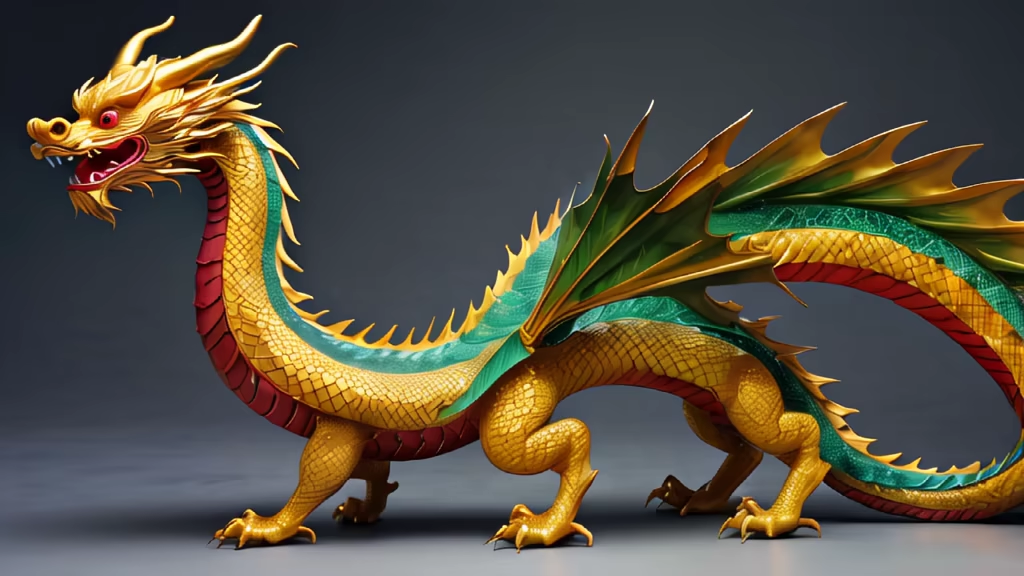
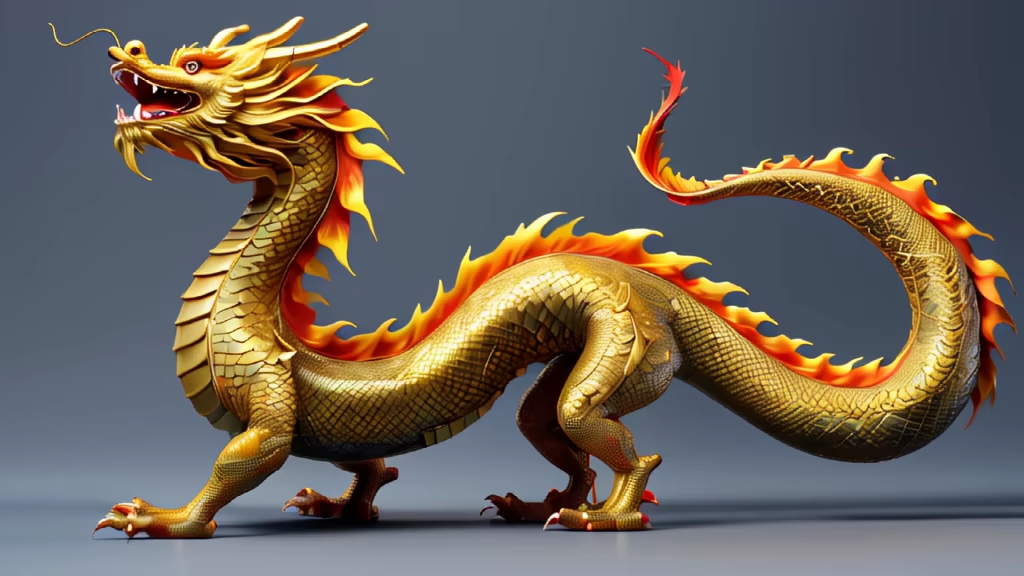
Prompt: The image of the Chinese dragon is usually in the shape of a long snake with a rectangular head and a pair of antlers on both sides, symbolizing authority and dignity. The eyes are bright and the pupils are like beads, revealing majesty and wisdom. The mouth opens, revealing sharp teeth, showing great strength. The neck is slender and bends freely, allowing the dragon to flexibly turn its head to observe its surroundings.The body of the Chinese dragon is strong and powerful, and its scales are neatly arranged, protecting its body like armor. There is a row of huge wings on the back, which cover the sky like clouds when spread out, symbolizing the sacredness and majesty of the dragon. The limbs are strong and powerful. The forelimbs are hoof-shaped and the hind limbs are claw-shaped. They are adapted to life on land and in water. The tail is long and thick, with the end curled into a hook shape, symbolizing the dragon's power and dominance.




Prompt: The appearance of Chinese emperors varied from era to era and from one historical period to another. In ancient times, emperors or sages were born with visions, such as the Yellow Emperor's Dragon Face, Zhuan Xu's Dai Wu, Emperor Çu'Çu's Eunuch Teeth, Yao's Eyebrows and Eight Cai's, Shun's Eyes with Heavy Pupils, etc. . In the Qing Dynasty, Emperor Qianlong was young, clean and thin face, sharp chin, thin eyebrows, high nose, and other features are correct and handsome.
